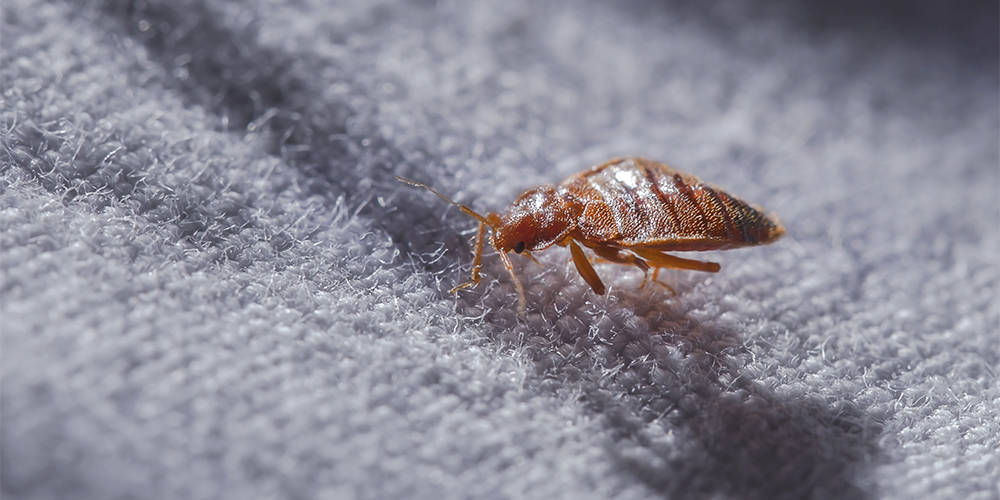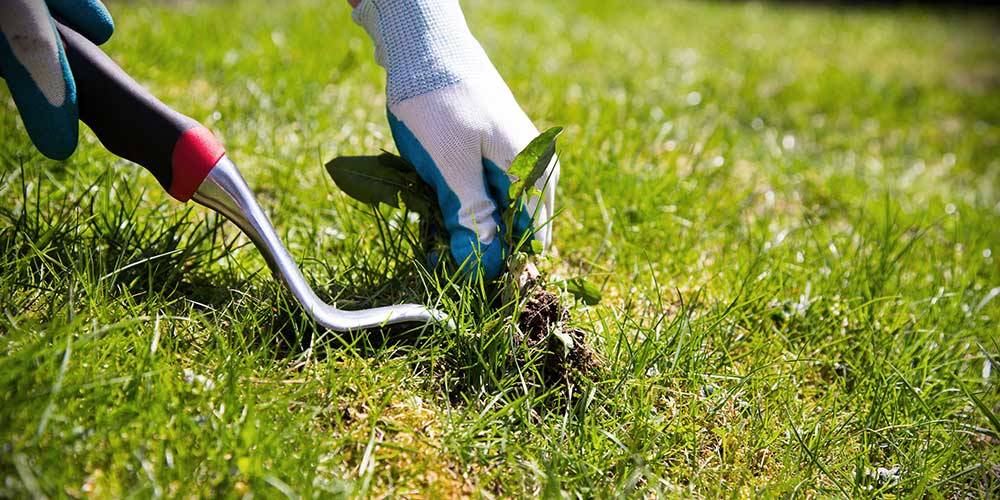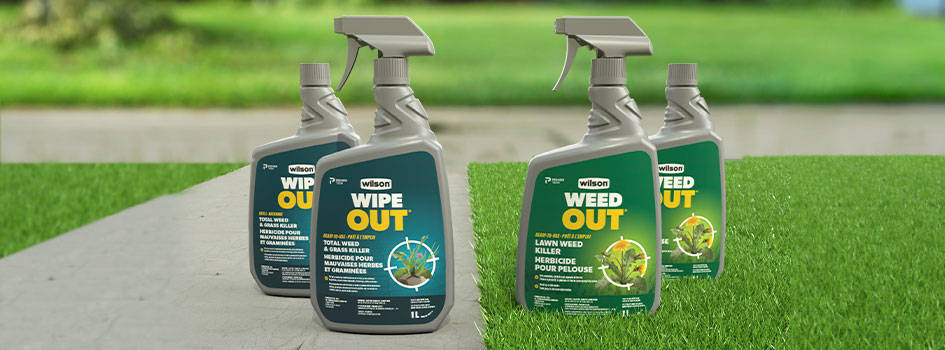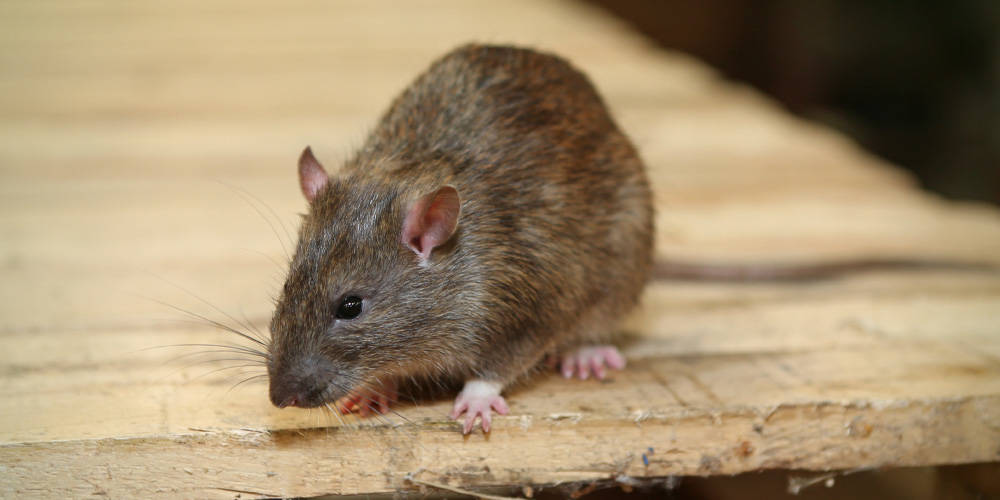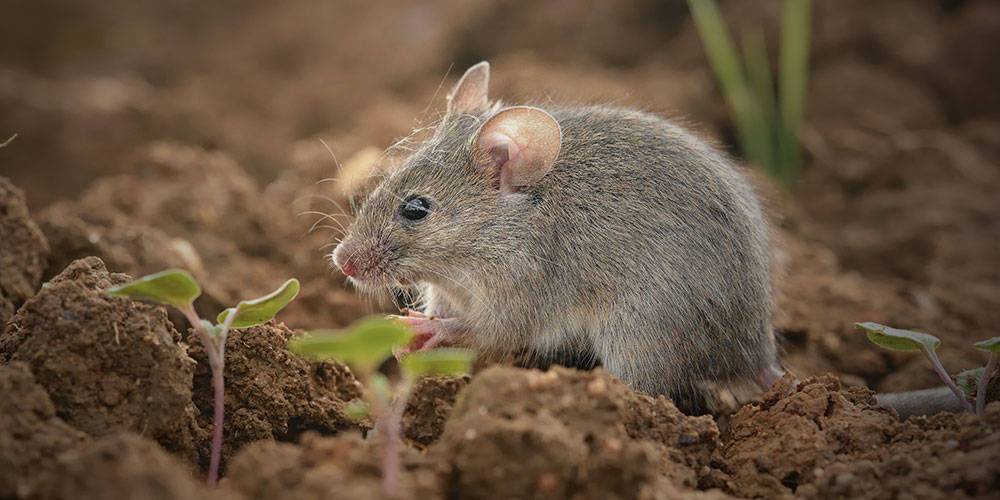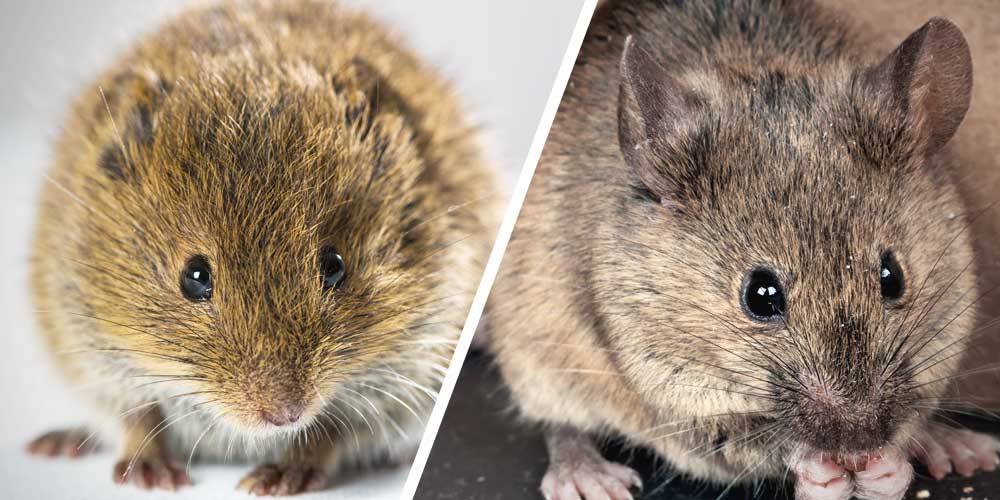How to control chinch bugs
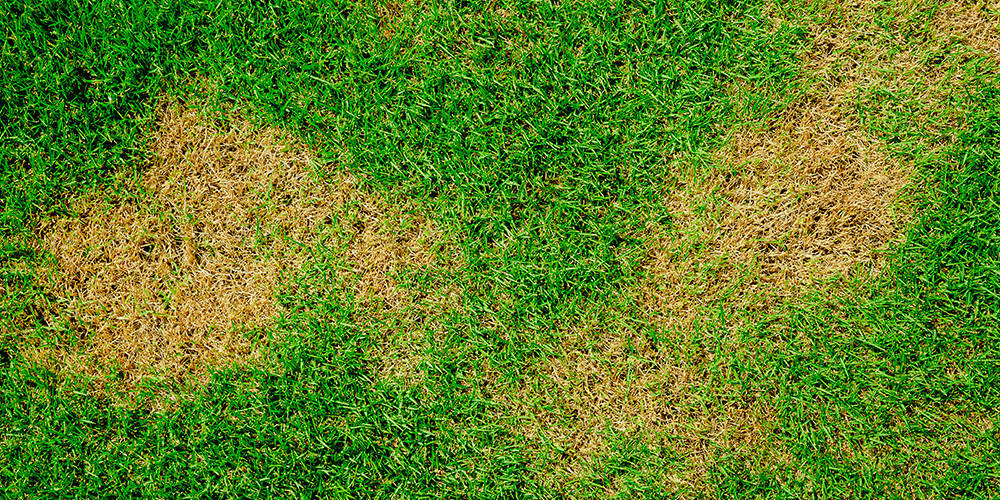
Chinch bugs are sneaky lawn destroyers. You don’t really notice that anything is amiss until the dry summer months arrive. All throughout the spring and summer, chinch bug eggs hatch, and the nymphs, and later the adults, are quietly munching away at your lawn.
Chinch bug damage is often presumed as just dry patches in sunny locations in your lawn. That is, until you notice that watering or rainfall doesn’t bring the lawn back.
Lifecycle of the chinch bugs
Adult chinch bugs spend the winter under trees and shrubs and on edges of lawns under hedges and shrub beds. Once the spring temperatures reach 15-20 °C, the overwintering adults come out and breed, with the female laying up to 200 eggs in your lawn.
Within a few weeks, the eggs hatch, and tiny, red, wingless nymphs (3 mm) emerge en masse and start to chew at the roots of your grass. By July, the nymphs mature into winged adults (4 mm), black in colour with white wings folded over their backs.
As adults, they move from the roots to the grass blades, seeking out dry grass with thick thatch layers (thatch is mainly dead turfgrass tissue lying between the soil and the grass above). Chinch bugs not only suck the sap out of the grass, they also inject deadly fluids into the plant, which eventually kills it.
Chinch bug damage is seen mostly during July and August when the weather is hot and dry. Adults live only 50 days but can manage to produce a second or third generation of lawn destroyers, stretching out their damage into early fall.
How do you control them?
Initial symptoms of chinch bug feeding starts with a purplish discolouration of the leaf blades, which later turn yellow. If feeding intensifies, large areas of your lawn will turn yellow and die. Chinch bugs like to congregate together, especially in dry, sunny areas with thick thatch.
The earlier you can detect them, the sooner you can offset their damage. Monitor chinch bugs from June to August.
The monitoring test
- Take a large can, such as a coffee can with both ends cut out.
- Tap it in the ground to about 5 cm (2 in).
- Fill the can with water and keep topping up the water for a minute or two if the water wants to drain out.
- Watch for the presence of chinch bug nymphs and adults that float to the surface.
- Try a few areas in the lawn. Monitor every week.
- If you have yellow patches, do the can test on the edges close to any suspected spots.
- Once you see more than 5 bugs floating in the water, you need to act.
How to get rid of chinch bugs?
In Canada, most provinces have banned traditional pesticides, and that leaves the homeowner with few tools to combat chinch bugs. One natural control method is to use Wilson® BUG-X OUT® Chinch Bug Nematodes, which are applied on the affected lawn areas and beyond, with a Wilson Nematode Sprayer. Follow directions on package or take a look at this video: How to use Wilson® BUG-X-OUT® Chinch Bug Nematodes - YouTube.
Both chinch bug nymphs and adults hide in the thatch and soil crevices every evening. Because of this, it is best to apply the nematodes early or late in the day and water them in to go after the target pest.
TIPS : Wilson® BUG-X OUT® Chinch Bug Nematodes have no adverse effects on beneficial insects such as ladybugs or earthworms. The treatment area is safe to use immediately after application.
How to prevent future infestation
Preventing future chinch bug infestations is based on eliminating two main things that encourage them: dryness and thatch.
- Use a rain gauge to monitor rainfall. Your lawn needs 2.5 cm (1 in) per week. Water your lawn, especially in sunny areas, to top up the required amount once a week.
- In the spring or fall, keep thatch down by mechanical dethatching (you can rent a dethatching machine), or alternatively, by spreading compost such as C-I-L BIOMAX Composted Manure as a thin layer over top of the grass. The beneficial bacteria in the compost will munch away at your thatch and will help reduce the thickness.
- In the fall, if you are repairing damaged or bare patches, use a lawn soil (PRO-MIX or C-I-L enriched lawn soils) with grass seed that has natural repellent qualities, such as PRO-MIX Weed & Insect Defense Grass Seed.
- Cut your grass higher. Setting your mower height to 7-10 cm (3-4 in) for the summer months will keep your grass plants cooler and generate less stress compared to short-cut lawns.
- Fertilize your lawn 3 times a season, in early spring, summer and early fall, with a slow-release lawn food found in PRO-MIX lawn fertilizers. A healthy lawn can tolerate a chinch bug population better than one that is in poor condition.

